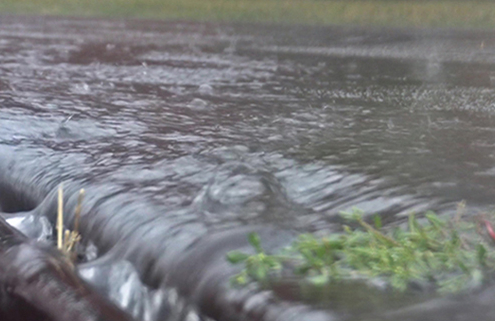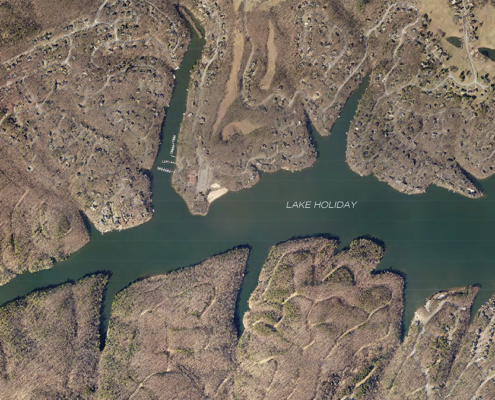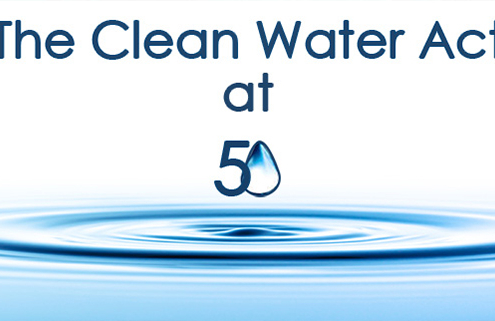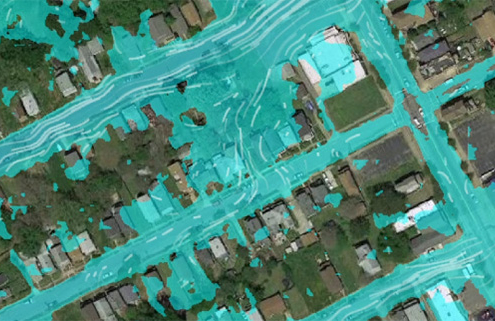We live in an incredibly complex and dynamic time for managing our water resources. Our urban areas are hit with ever-more onerous stormwater permit (MS4) conditions, and the MS4 nexus with pollutant loading restrictions imposed by Total Maximum Daily Loads (TMDLs) will further ratchet up the burden (and resulting cost of compliance). Several issues highlight red flags with the current program:
- The water quality monitoring upon which a finding of impairment is based – and, thus, the need for a TMDL is established – is oftentimes severely limited. I’ve seen a case in which single monthly grab samples over a year was used to determine a pathogen impairment. Water quality is complex and dynamic, and concentrations can vary by orders of magnitude over the course of hours. A number of independent, non-anthropogenic (non-human) variables can change a sample’s results radically, such as drought, unusually wet conditions, or wildlife or managed herd waste deposition. Heck, a cow defecating in a stream near a monitoring site can raise pathogen levels by three orders of magnitude for a period of minutes.
- Water quality modeling is performed to develop a TMDL. These models require calibration to take generalized equations and apply them to site-specific conditions through the adjustment of calibration parameters. Monitoring data is critical to the calibration process. In many instances, TMDLs are based on very complex models (such as EPA’s BASINS) which are calibrated with severely limited monitoring data. This is like solving one equation with several unknowns – you can certainly find a solution, but there is no way of knowing if it is the RIGHT solution.
- The pollutant loading allocations established in a TMDL can impose millions of dollars of infrastructure investment by these urban areas. As an example, we work with a small MS4 with a population of approximately 25,000 which has a wasteload allocation established under a TMDL. The implementation plan for the TMDL estimates a cost to the community of $20 million!
So, we have limited monitoring data establishing the need for water quality protection. This limited data is used to calibrate oftentimes very complex models that establish pollutant loading allocations. The allocations can impose millions of dollars of infrastructure investment. Under the current system, we skimp on monitoring and modeling – the two activities that form the scientific foundation for management – and use potentially compromised science to establish prohibitively expensive requirements. This is akin to trying to swat a fly with your eyes shut. To hit the fly, you need to aim with your eyes open. The key to a successful TMDL is proper targeting – quantifying how existing pollutant sources must be reduced to meet water quality standards. Without appropriate investment in monitoring and modeling, proper targeting is more a matter of luck than sound science.
Thank you,








